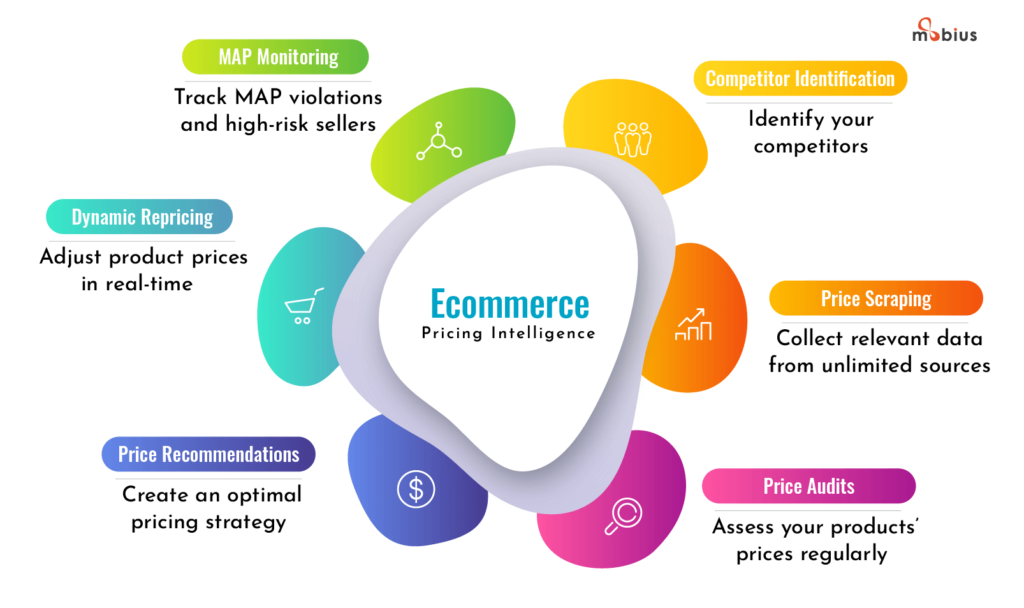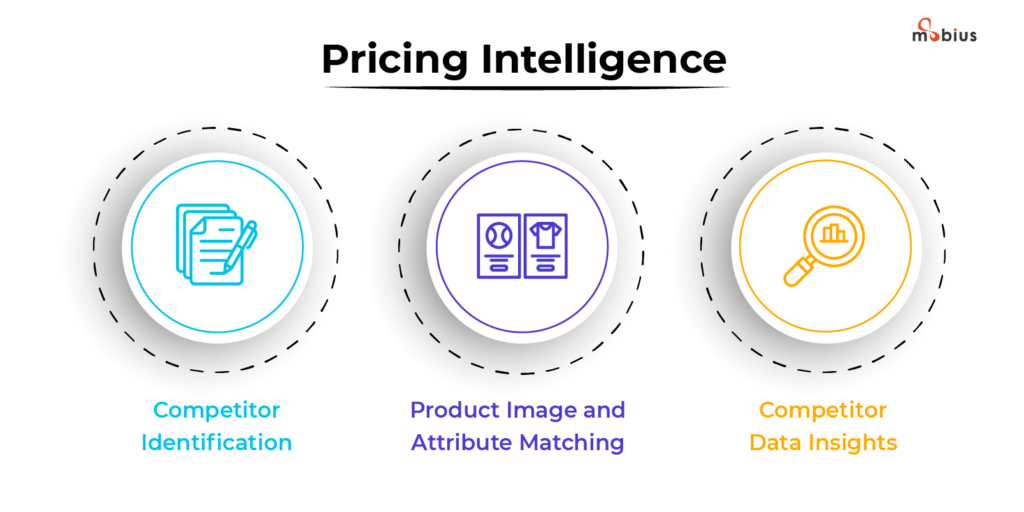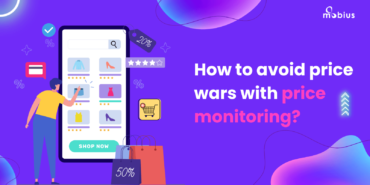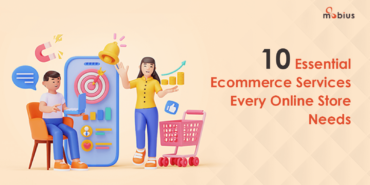Pricing intelligence is one of the key strategies that can give your online store an edge in the competitive ecommerce landscape. By harnessing data-driven insights and optimizing your pricing strategy consistently, you can boost sales and increase revenue. In this blog, we’ll explore ecommerce pricing intelligence and how it can be a game-changer for your business.
The Power of Pricing Data in Ecommerce
Data is often called the new oil, and rightly so. In the context of ecommerce, data can be a powerful tool for making informed decisions and staying ahead of the competition.
Ecommerce businesses generate vast data daily, from customer behavior and preferences to sales trends and market dynamics. Leveraging advanced pricing intelligence tools can provide valuable insights that drive business growth.
What is Ecommerce Pricing Intelligence?
Ecommerce pricing intelligence uses data and analytics to determine your products or services’ best and most profitable pricing strategy. It involves monitoring competitors’ prices, analyzing historical sales data, and considering various market factors to set the right prices. This strategy goes beyond simply undercutting your rivals; it’s about finding the sweet spot that maximizes profitability while remaining competitive.

The Benefits of Ecommerce Pricing Intelligence
As per Shopify’s findings, 74% of consumers consider price a significant factor in their purchasing decisions. Notably, major players in the ecommerce realm, such as Amazon, adjust their prices approximately 10-12 times each day to remain competitive. Therefore, implementing online pricing intelligence can have a wide range of benefits for your online store.
1. Improved Competitiveness
The mantra to staying competitive in the market is constantly monitoring your competitors’ prices and adjusting yours accordingly. This way, you attract price-sensitive customers and avoid losing business to lower-priced competitors.
A price intelligence tool will give detailed insights into changing product prices, trends, and patterns. You can also implement dynamic pricing for your products to enable real-time price changes and stay ahead in the game.
2. Increased Profit Margins
Pricing intelligence allows you to identify opportunities to raise prices without alienating your customer base. An increasing number of online businesses are choosing pricing intelligence to boost their profit margins and bottom line.
3. Better Inventory Management
Analyzing sales data and demand patterns helps you make more accurate inventory forecasts.
For example, you can be better prepared for a spike in the sales of certain products during a particular season. This will help you monetize the sales opportunities by stocking the relevant products and ensuring higher sales.
By better managing your inventory, you also create better shopping experiences for your customers, improving sales and increasing revenue.
4. Enhanced Customer Loyalty
Online shoppers have increased accessibility to multiple shopping channels where they can compare the products’ prices. If shoppers feel that you consistently provide good offers and value for their money, they will become repeat customers.
With the help of pricing intelligence, you can easily optimize your pricing strategy to reach your revenue targets and build customer trust and loyalty.
5. Real-Time Adaptation
In today’s fast-paced ecommerce landscape, prices can change rapidly due to market fluctuations or competitive actions. Ecommerce pricing intelligence allows you to react in real-time, ensuring you optimize your pricing strategy.
This can be done using pricing algorithms and machine learning models. Dynamic pricing allows you to react quickly to changes in the market and maximize revenue.
Implementing Ecommerce Pricing Intelligence
Now that we have explored the benefits let’s dive into how you can implement ecommerce pricing intelligence effectively and drive ecommerce marketing efforts.
1. Data Collection
To begin with, gather all the relevant data. This includes your sales and pricing data and information on your competitors.
2. Data Analysis
Look for patterns, trends, and insights to work on your pricing strategy. Focus on factors like seasonality, customer demographics, and competitor pricing changes.

3. Competitive Benchmarking
Identify your key competitors and regularly monitor their pricing strategies. This will help you decide when and how to adjust your prices to remain competitive effectively.
4. Dynamic Pricing
Enable dynamic pricing, which involves automatically adjusting your prices based on real-time demand and other market conditions.
5. A/B Testing
Conduct A/B tests and compare the results of different price points on sales and revenue. Use this data to change your pricing strategy.
6. Price Optimization Software
There are numerous pricing intelligence tools and software available that can streamline the process of data collection, analysis, and pricing adjustments.
Challenges and Considerations
While ecommerce pricing intelligence offers many advantages, it’s good to learn the potential challenges and considerations:
1. Legal and Ethical Issues
Monitoring competitors’ prices and using their data for making pricing decisions may raise legal and ethical concerns. Therefore, you must ensure that the pricing intelligence tool you plan to use complies with the law and industry standards.
2. Data Accuracy
The quality of your pricing intelligence depends on the accuracy of the data collected by the tool. Inaccurate or outdated pricing data can lead to poor decisions. Ensure that your data sources are completely reliable and regularly updated.
3. Customer Perception
While optimizing prices is essential, it’s equally important to consider how customers perceive your pricing strategy. Overly aggressive price changes can erode trust and alienate customers.
4. Data Security
Protecting the data you collect is paramount. Ensure you have robust security measures to safeguard sensitive customer and pricing information.
Conclusion
In the competitive world of ecommerce, pricing intelligence is a powerful tool for successfully boosting sales and revenue growth. By leveraging data and analytics to optimize your pricing strategy, you can stay competitive, improve profit margins, and enhance customer loyalty.
However, it’s essential to approach pricing intelligence ethically and with a focus on data accuracy and security. As the ecommerce industry continues to evolve, businesses that embrace pricing intelligence will have a distinct advantage in the market. Talk to us to know more about implementing pricing intelligence and how it can boost your business.






